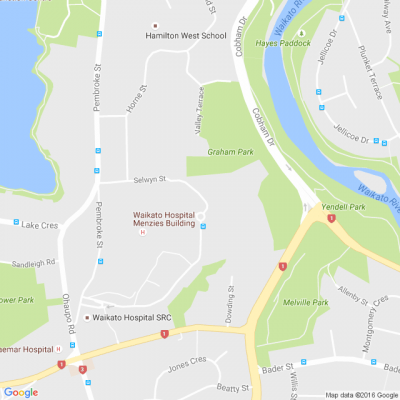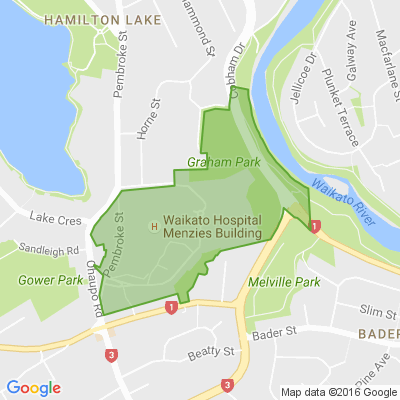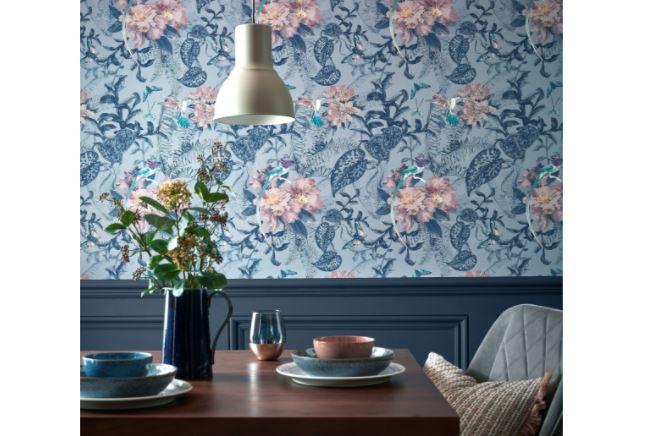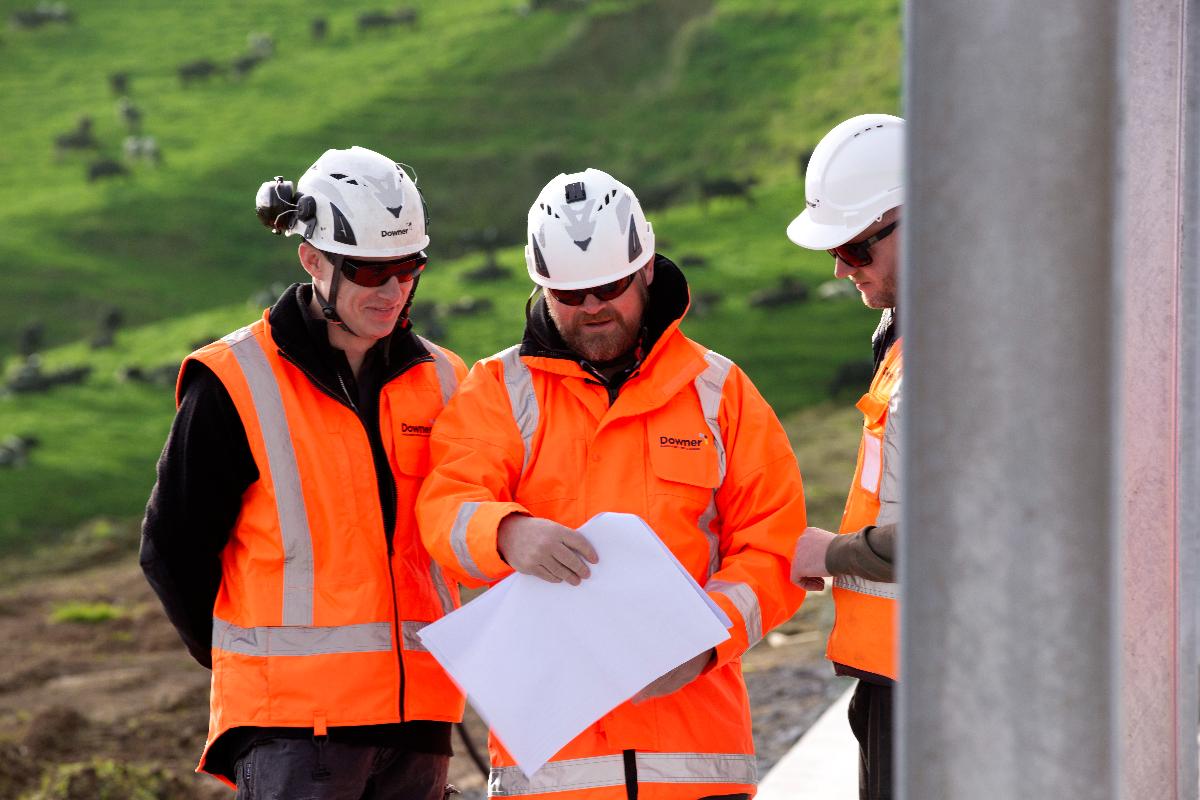
Know what’s happening
Access the private noticeboard for verified neighbours near you. Keep informed about any suspicious activity, send urgent updates to your neighbours when required and discuss emergency planning.
Get to know your neighbours
Browse the directory and start getting to know your neighbours. Don’t want to post to the whole neighbourhood? Send a private message.
Buy, sell and give away
Want to declutter your garage? Buy some used household items? Give away some garden stuff? Become a verified neighbour to browse and post items for sale. Trading is simple when everyone lives nearby.


Nearby
Hillcrest, Melville, Hamilton Central, Hamilton Lake, Temple View, Hamilton East, Frankton, Bader, Fitzroy, Dinsdale, GlenviewGot a question about your lawn or backyard?
Ask a Crewcut Lawn & Garden expert (and an ex-Black Caps coach!) now. Head here.

Thank you for using Neighbourly
You may receive an email confirmation for any offer you selected. The associated companies will contact you directly to activate your requests.
Robert Anderson from Curtain Clean Hamilton
Humans have enjoyed wool for over 10,000 years and it continues to be a coveted textile in both high end fashion and interior design due to its many qualities. Here we deep-dive into the wonderful world of wool, sharing the tale of this ancient fibre’s origin, production and inherent attributes. … View moreHumans have enjoyed wool for over 10,000 years and it continues to be a coveted textile in both high end fashion and interior design due to its many qualities. Here we deep-dive into the wonderful world of wool, sharing the tale of this ancient fibre’s origin, production and inherent attributes.
ORIGIN
Britain is said to have lead wool manufacturing through spinning and weaving pre 1900 BC, a skill highly prized beyond their shores. Sheep were first exported beyond Europe to South Africa, New Zealand and Australia toward the very end of the 1700s. We have had a long time to accustom ourselves to the incredible natural qualities of wool and it is quite literally woven in to our trading, cultural and farming histories.
How does wool come to be? Fleece is shorn from sheep annually with a new fleece produced every year (unless you are Shrek the Sheep, who avoided shearing for 6 years – once finally caught in 2004 he produced enough wool for 20 large men’s suits, or 27 kg… blimey!). Once shorn, fleeces are thrown clean side down onto a wool table, skirted (a process to remove undesirable parts of the fleece), folded and rolled to determine class by a qualified wool classer. Bales of wool are then sent to be scoured, a bathing/cleaning process to remove dirt and impurities such as sweat and vegetable matter. Quality is determined by diameter, crimp, yield, colour and staple strength. Finer wools are used for apparel manufacture and heavier for soft furnishing textiles and carpets/rugs.
There are a wide variety of ways to process wool in to differing yarns, including worsted – a very fine yarn spun from carded wool producing a lustrous and smooth product especially suited to apparel. You may also be familiar with felted wools which are produced with heat, pressure and moisture compressing the fibres, entangling them together into a matted textile with a dense, ‘foamy’ or almost spongy appearance and feel. The woollen system of preparing carded wool for spinning ensures short fibres are retained, sometimes requiring combing. Wool can be spun to yarn on its own, or in conjunction with other fibres which can add desirable qualities and attributes to the finished fabric.
Despite a reputation as a land of sheep, New Zealand is actually the 4th largest producer of wool, with the top spot being taken out by Australia, responsible for 25% of global wool-clip. International wool production is about 2 million tonnes, 60% of which is apparel. Approximately 3% of the international textile trade is comprised of wool. We would like that number to be a little higher!
RENEWABILITY
A natural fibre similar to human hair, wool is made of keratin and therefore readily biodegradable. As long as there is grass to graze on, sheep will continue to produce fleece, making it an ideal renewable fibre. Safeguarding the environment is part of the important work undertaken by woolgrowers to guarantee future production and industry longevity. Due to the high quality and durability of wool, woollen products have wonderful longevity and it is also excellent for re-use and recycling. In some instances, wool products can be returned from the interior and fashion sectors to be carded and re-spun in to yarn for re-weaving – an excellent way to reduce waste and extend the life of the material. Because of its hardy nature, when properly looked after, wool has a longer lifespan than many other fibres - if you have ever visited an antique/vintage/mid-century furniture trader, you will often find original wool and wool blend upholsteries still going strong even after a few lifetimes, albeit in need of a good clean!
Keep reading: www.curtainclean.co.nz...
Debi from Hamilton East
3 Wooden Bangles
Purchased In Hawaii USA.
Sold As A Set Of 3
Price: $20

Debi from Hamilton East
Rare! Black Pearl Tear Drop Pendant with Gold Loop!
Black Pearl Sits on Top Of Black Opal Tear Drop.
Purchased In Hawaii USA 30 years ago. New Never worn
Great Gift Idea For That Someone Special.
Price: $150

Debi from Hamilton East
Unique/ Rare Shell Pendant with Gold Loop!
Great Gift Idea.
Purchased In Hawaii USA
Price: $95

Debi from Hamilton East
Sterling Silver Ring AKA 92.5
Hexagonal Cut Pink Gem Stone With Australian Opal's On Each Side.
Ring Size: 7
Price: $120

Advertise your entry-level and apprentice roles with Competenz through our free online job board, we have pre-qualified and motivated jobseekers ready to match with your organisation.
Find your next apprentice with Competenz!

Book your free Sound Experience in your local bloom hearing clinic and try the newest almost invisible hearing aids.
They stream sound seamlessly from your phone (Android and iPhone) and can adjust to any situation to fit your lifestyle.
Our friendly, qualified, staff is here to support you… View moreBook your free Sound Experience in your local bloom hearing clinic and try the newest almost invisible hearing aids.
They stream sound seamlessly from your phone (Android and iPhone) and can adjust to any situation to fit your lifestyle.
Our friendly, qualified, staff is here to support you on your journey to better hearing. Don’t miss out, book today.
Book now

Nature is far too beautiful to be kept outside. Create a haven in your home with the Resene Willow Wallpaper Collection. With designs to help you relax, recuperate and revive, this collection will help make your house a home.
View the full Resene Wallpaper Collection at your local Resene … View moreNature is far too beautiful to be kept outside. Create a haven in your home with the Resene Willow Wallpaper Collection. With designs to help you relax, recuperate and revive, this collection will help make your house a home.
View the full Resene Wallpaper Collection at your local Resene ColorShop or get a taste of the latest releases online
Find out more

Reporter Hamilton Press
Kia ora Hamilton,
Do you want to see the Innovating Streets initiative rolled out around your neighbourhood?
A trial by the Hamilton City Council to close off two streets to vehicles will soon be over.
The $902,000 trial ends on July 3. It currently sees the closure of a portion of Ward … View moreKia ora Hamilton,
Do you want to see the Innovating Streets initiative rolled out around your neighbourhood?
A trial by the Hamilton City Council to close off two streets to vehicles will soon be over.
The $902,000 trial ends on July 3. It currently sees the closure of a portion of Ward St and completely closes Rostrevor St to traffic.
Some business owners and staff made their dissatisfaction known at a meeting with council staff after experiencing a loss of custom.
Advocates for the trial included Bike Waikato chairman Richard Porter, who said that cyclists were making the most of no traffic.
What do you think? Share your thoughts below and don't forget to type NFP if you don't want your comments featured in the Hamilton Press.

21 replies (Members only)
The Team from Graeme Dingle Foundation Waikato
To end our celebration of volunteer week, we thought we'd share a few ways you can volunteer for the Graeme Dingle Foundation. Every bit of support helps make a difference in a young person's life 💚
Click the link below to find out more.
Robert Anderson from Curtain Clean Hamilton
How do you know it’s winter? When the windows start dripping. While it might seem like just another staple of New Zealand homes, you don’t have to put up with a pool of water at the bottom of your windows every morning.
How condensation forms and why it matters: Condensation is the result of… View moreHow do you know it’s winter? When the windows start dripping. While it might seem like just another staple of New Zealand homes, you don’t have to put up with a pool of water at the bottom of your windows every morning.
How condensation forms and why it matters: Condensation is the result of water warming up, evaporating, then turning back into a liquid once it touches a cold surface. You know when you breathe onto a mirror and you can use your finger to write messages in the remaining mist? That’s condensation. The same thing happens with the moist air in your home and your cold windows.
What's the big deal about moisture anyway? Moisture doesn’t just make your home feel cold and damp, it causes mould too. Mould has all sorts of nasty effects on your health and it thrives in wet environments.
The condensation on the inside of your windows is a good indicator that there is too much moisture in your home. You can get accurate readings from a ‘hygrometer’; a cheap little device that you can get from many hardware stores that tells you exactly how humid the room is.
Ideally, you’d use one in each room of your house over the course of a few days to get an idea of which room is in most need of attention. If the reading is over 65% relative humidity and below 18 degrees Celsius, it might be time to take the following steps, depending on the room.
Kitchen
Boiling water and cooking kai releases up to 3 litres of water every day---it’s one of the worst offenders in the fight against wet windows. Doing the dishes isn’t much better, contributing up to 1 litre per day. To reduce the impact, remember to:
• Keep the extractor fan on. Your range hood should be larger than the cooking surface it’s venting, and should be venting directly outside---not to the roof space. Otherwise, it might end up damaging the insulation and internal roof structures. If you’re renting and the extractor fan doesn’t tick those boxes, it’s worth discussing with your landlord. They don’t want moisture or mould in your home either.
• Keep pots covered. If you’re boiling potatoes, pasta or just making a cup of coffee or tea, keep the lid on while the water heats up and while the contents cooks. Not only does this keep the steam inside, it also means the water boils faster---less energy used, a lower utility bill, and a faster dinner!
BATHROOM
Don’t worry, cleaning your teeth isn’t spreading moisture into the air, no matter how vigorously you scrub. But the bath and the shower certainly are, with each person releasing 1.5 litres of water per day with their washes.
Keep reading: www.curtainclean.co.nz...

View Hamilton Harcourts' latest interactive Blueprint.
If you'd like to receive Blueprint in your inbox each week, subscribe here.
Read More

Lorna Thornber Reporter from Stuff Travel
Hi everyone,
We're looking into how some common claims about NZ stack up and would be interested in your thoughts on whether New Regent Street in Christchurch deserves its title of 'NZ's most beautiful street'. Do you think it is the best-looking street in the country? Or is … View moreHi everyone,
We're looking into how some common claims about NZ stack up and would be interested in your thoughts on whether New Regent Street in Christchurch deserves its title of 'NZ's most beautiful street'. Do you think it is the best-looking street in the country? Or is there another street you think is more beautiful? Please put 'NFP' (not for publication) in your comment if you do not want it included in an article. Thanks for taking the time to share your thoughts.
24 replies (Members only)
Downer from Neighbourly Nz
Meet the locals behind Downer Waikato’s construction team. They’re a diverse group of individuals who are using their collective experience and insights about the region to deliver innovative solutions for their local communities.
While they come from different backgrounds and bring … View moreMeet the locals behind Downer Waikato’s construction team. They’re a diverse group of individuals who are using their collective experience and insights about the region to deliver innovative solutions for their local communities.
While they come from different backgrounds and bring different perspectives to every project, they have a shared passion for the future growth of the mighty Waikato.
To enquire now email: waikatoconstruction@downer.co.nz
Find out more

 Loading…
Loading…
Are you sure? Deleting this message permanently removes it from the Neighbourly website.
 Loading…
Loading…

 By Negotiation
By Negotiation



 Marketed by Anton Pires
Marketed by Anton Pires

 Auction
Auction



 Marketed by Alissar Boudreau
Marketed by Alissar Boudreau
© Neighbourly 2024
